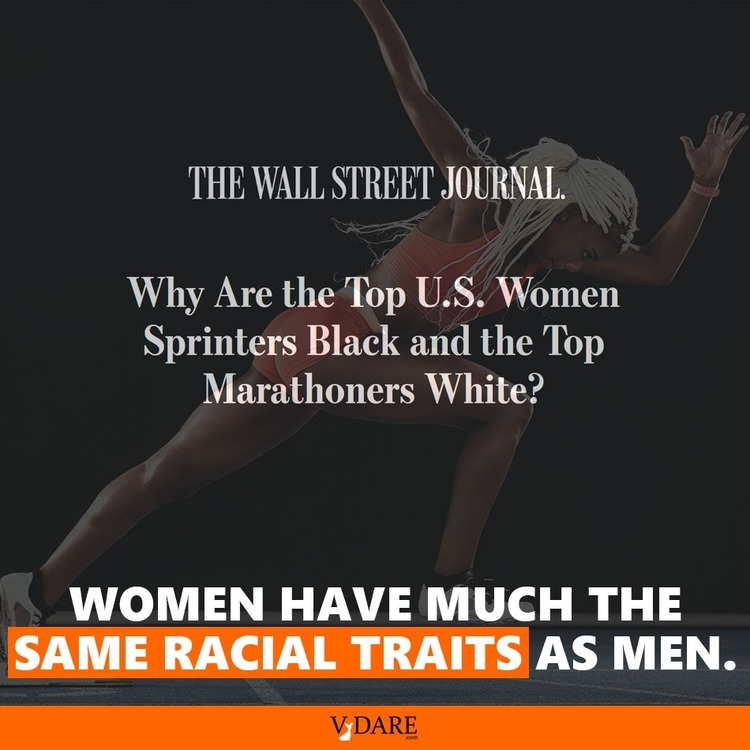
06/08/2024
From the Wall Street Journal:
Why Are the Top U.S. Women Sprinters Black and the Top Marathoners White?
A longstanding racial division can be traced to the culture of athletics at women’s colleges in the early 20th century.
By Maggie Mertens
June 6, 2024 10:48 am ETAri Hendrix, 36, found out about her talent for distance running almost by a fluke. She’d played basketball in college but signed up for a marathon after graduation to honor her late father. When Hendrix ran her first sub-three-hour marathon in 2018, she was shocked to learn that only 31 Black American women have ever achieved that feat. For the past 80 years, the U.S. has sent Black-majority teams of sprinters to the Olympics, yet of the 173 women vying for a spot on the U.S. Olympic marathon team this year, only nine were Black. In fact, since women first ran at the Olympics in 1928, the vast majority of sprinters representing the U.S. have been Black. In the 40 years since distance events were added for women, the vast majority of those runners for the U.S. have been white. Why?
Because women have much the same racial traits as men do. Black men dominate sprinting in the U.S., so do black women. Descendants of American slave men are not very good distance runners, so neither are their sisters. And the same patterns are seen around the world.
WRONG, says the WSJ, and instead offers 2020s’ usual antiquarian reasoning:
The disparity can be traced back to the culture of women’s athletics in the early 20th century.
… These early marathoners were mostly white; Black women who showed running talent were still funneled into sprints. Black athletes in general often avoided road running because of the real threat of racial violence. …
When the women’s marathon finally debuted at the Olympics in 1984, the team sent by the U.S. was made up of three white women. The 3,000-meter race, also making its debut, was also entirely run by white American women. American women sprinters, however, were still almost universally Black, including stars like Florence Griffith-Joyner, who won three golds at the 1988 Olympics and set speed records that still stand today.
Forty years later, we’re just starting to see shifts in these demographics. Many of the Black American women who have found success at long-distance running are immigrants, like the 2020 Olympic trials winner Aliphine Tuliamuk, born in Kenya. But some American-born Black women are also finding their way to distance, albeit often later in life. In her decade of marathon running, Ari Hendrix says she’s noticed improvement in racial and other types of diversity at marathon start lines. “Where it is today is leaps and bounds from where it was when I started,” she told me.
… Carmen Pelar Graves, 33, one of the few Black American women who qualified for this year’s U.S. Olympic trials in a distance event — the 3,000-meter steeplechase — didn’t begin distance running until after college. When she started track in high school, she and her coach assumed she was more suited for sprints and jumps, largely due to her perception of herself as a woman of color. “I had no role models that ran distance,” she said in an interview. “I had Allyson Felix and Sanya Richards-Ross, and they all ran the 200 and 400. I didn’t feel like I had the right body type. We have all these messages coming in constantly of what a distance runner should look like. And I didn’t fit that mold. I wasn’t white or skinny.” …
As women runners know personally, the stories we’ve been told about whether we can run, or how far, or how fast, have changed dramatically over the past several generations. The Black American women finally getting attention as long-distance runners seem poised to change the story yet again.
This essay is adapted from Maggie Mertens’s new book, “Better Faster Farther: How Running Changed Everything We Know About Women,” which will be published on June 18 by Algonquin Books.
This is a content archive of VDARE.com, which Letitia James forced off of the Internet using lawfare.